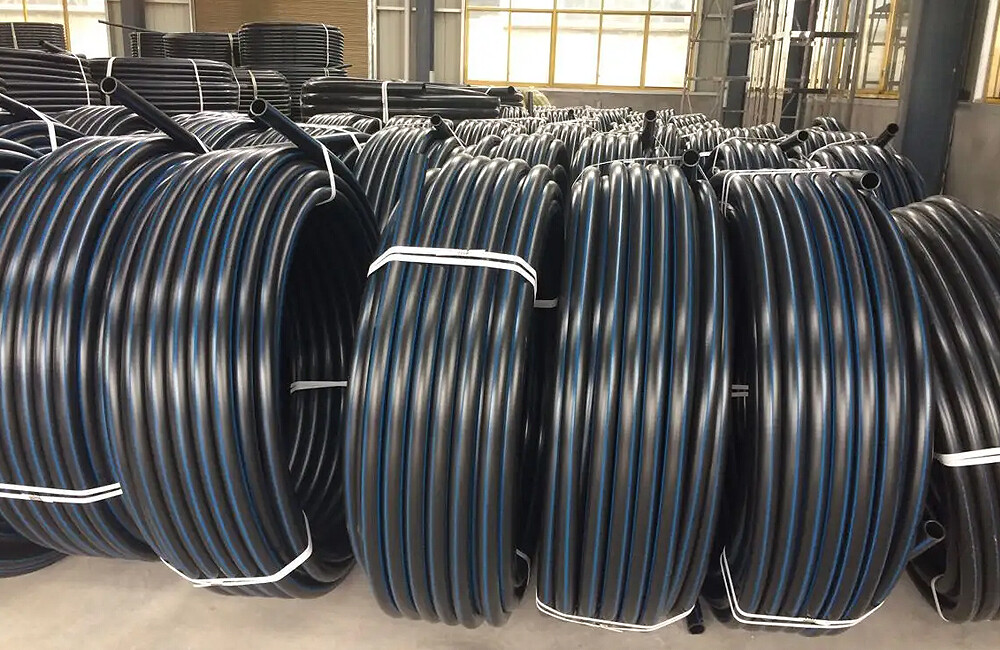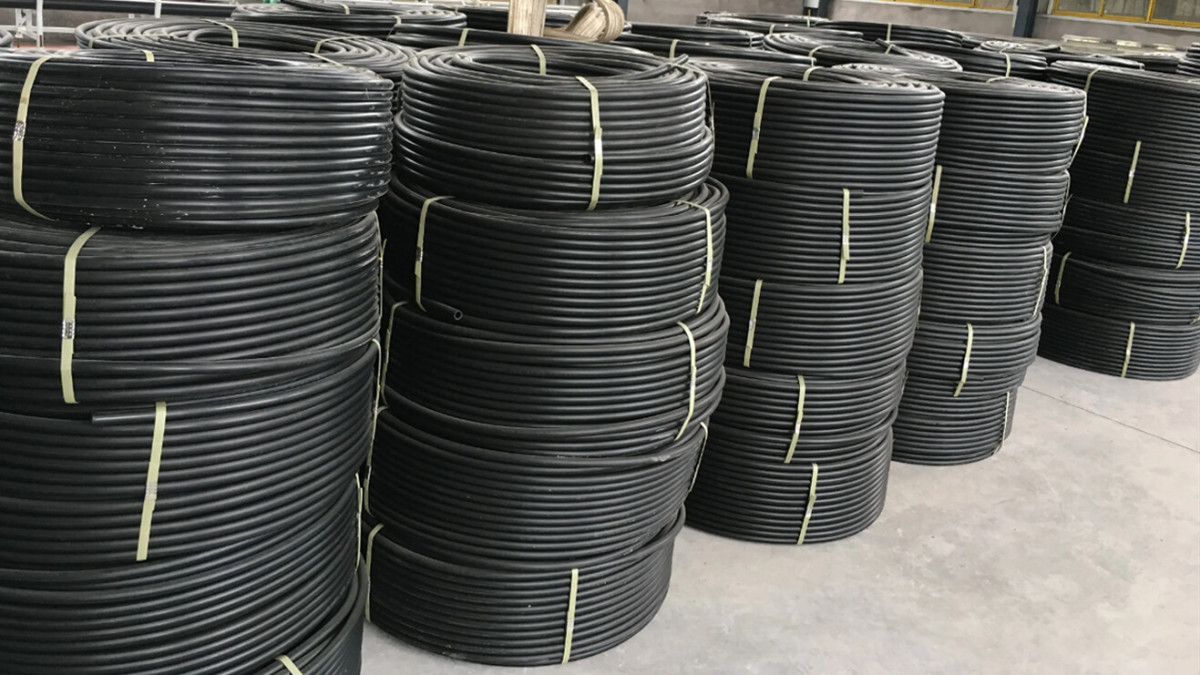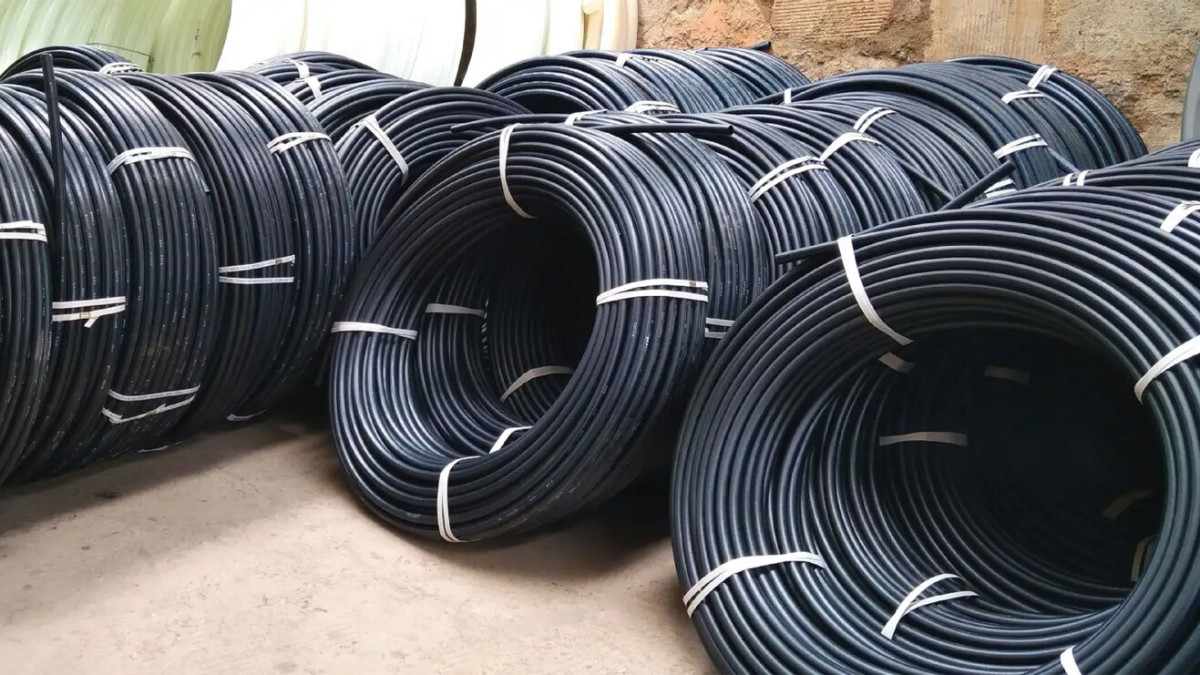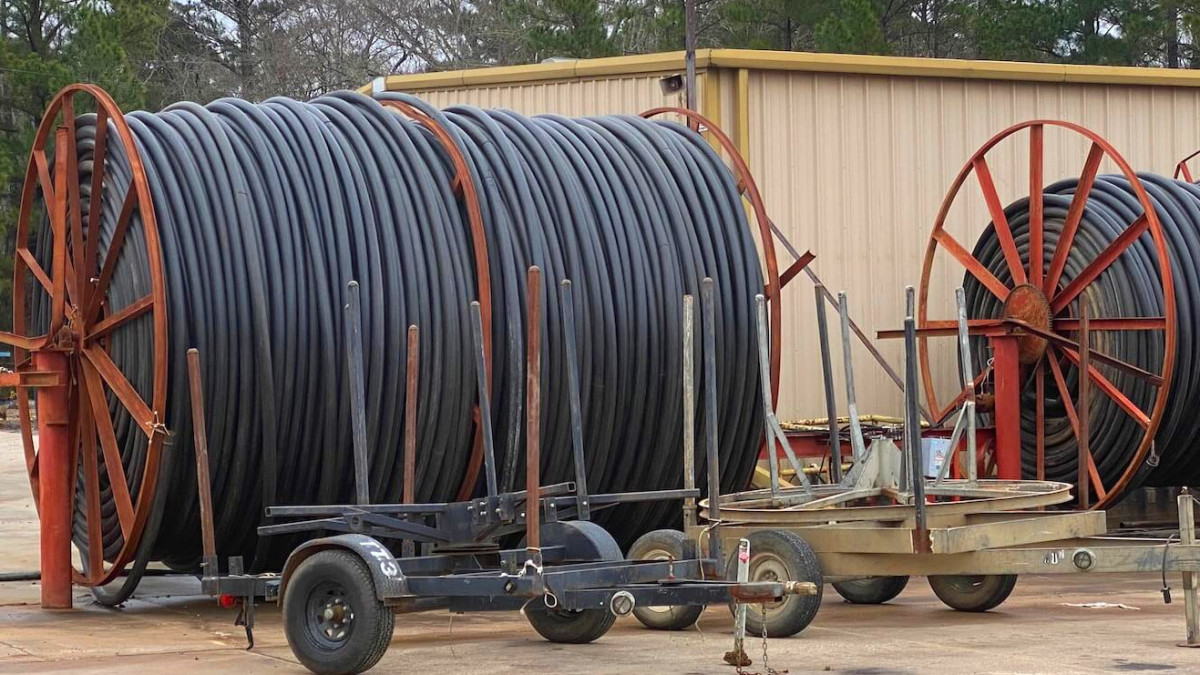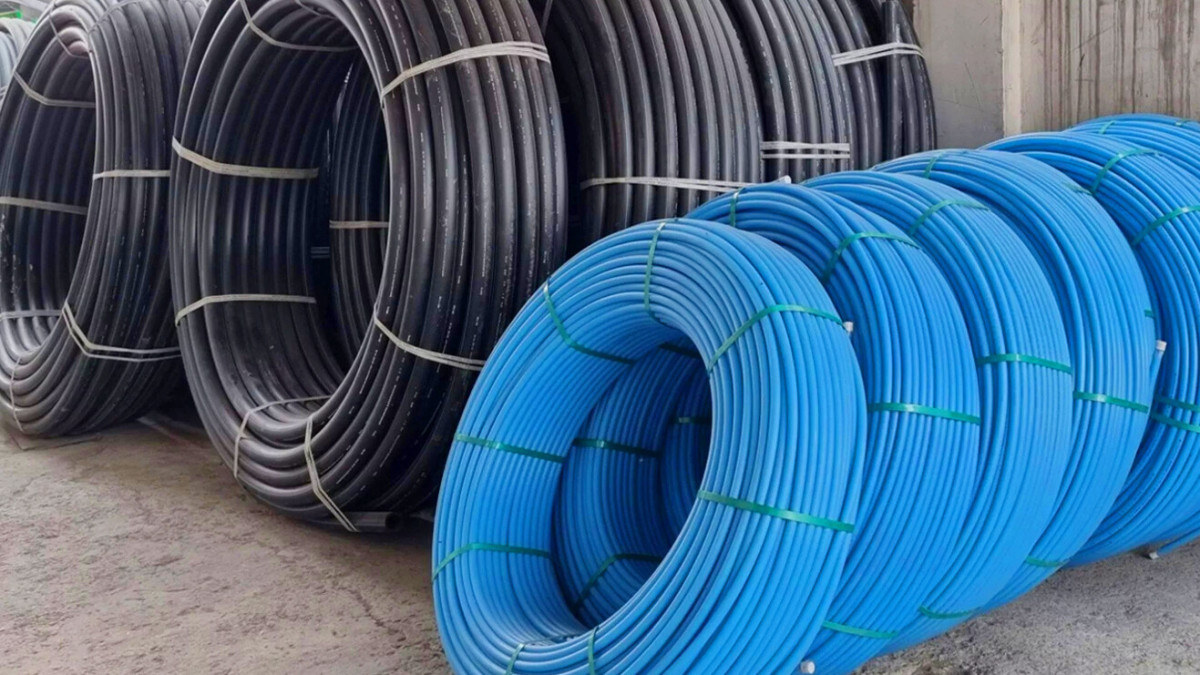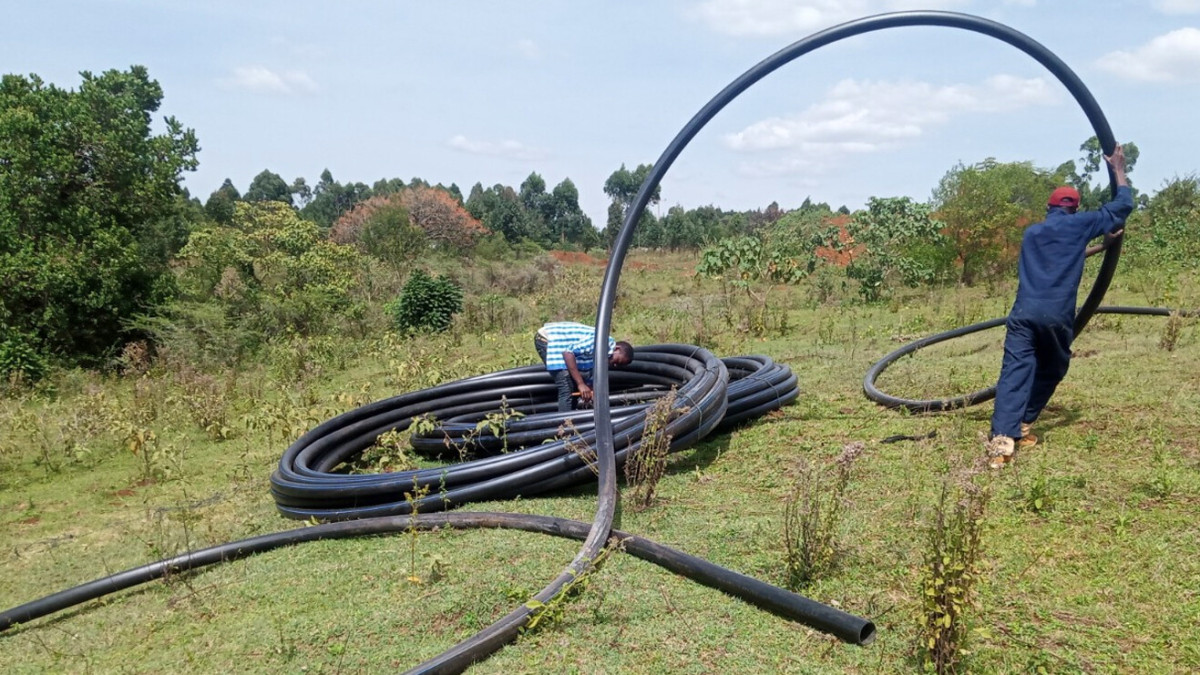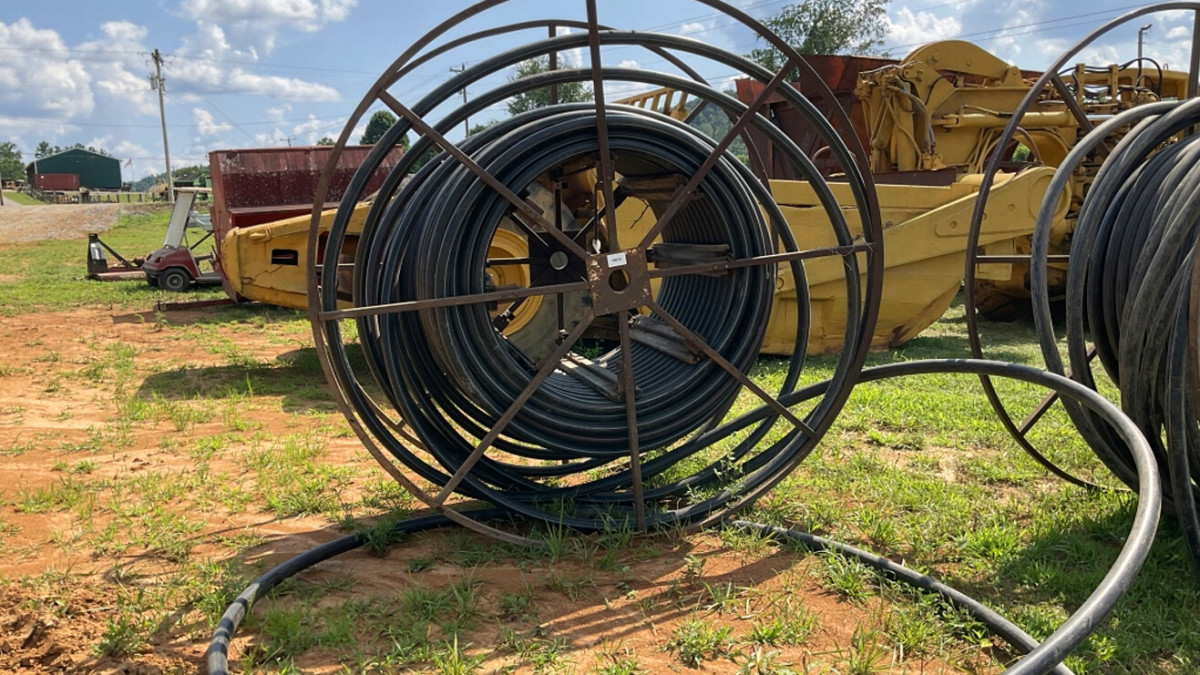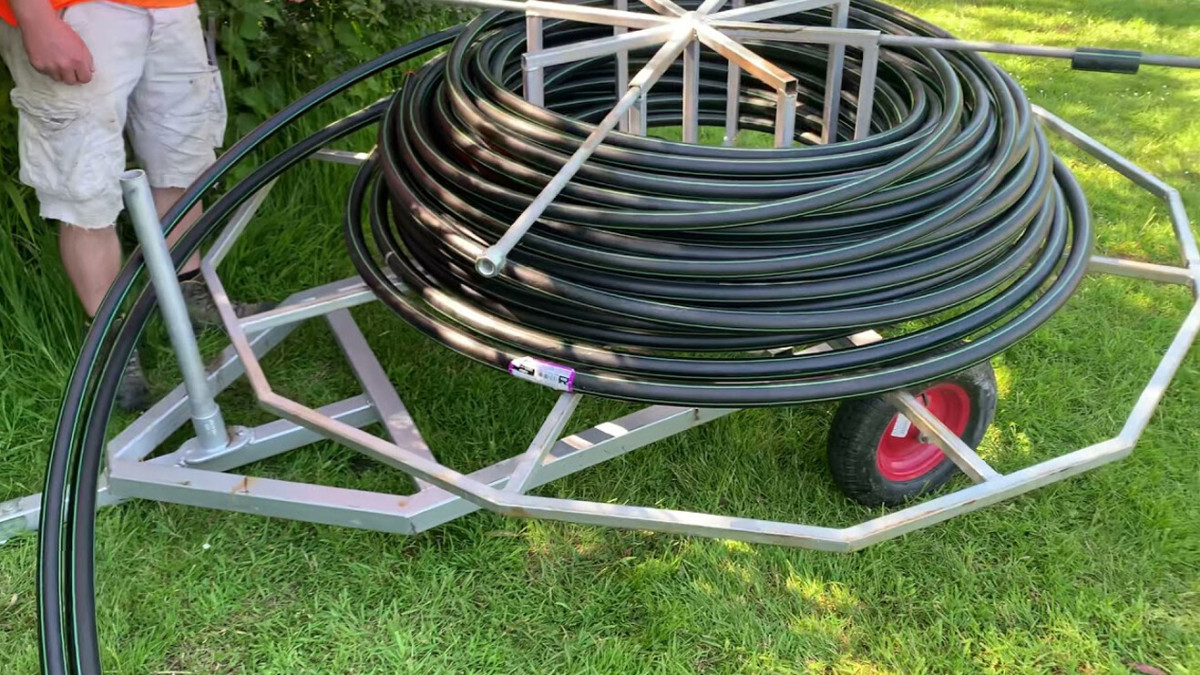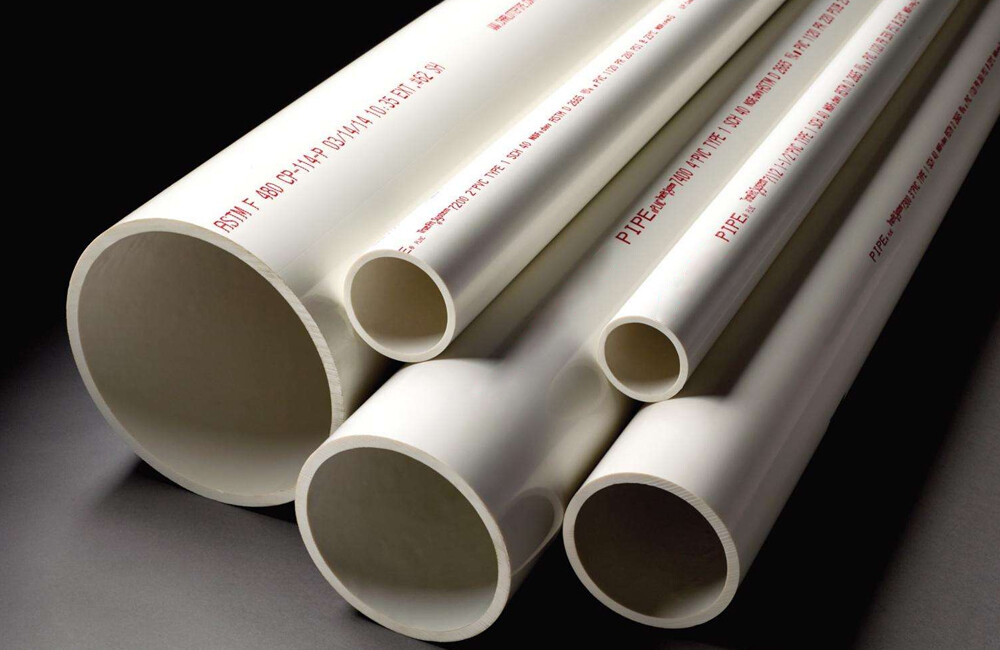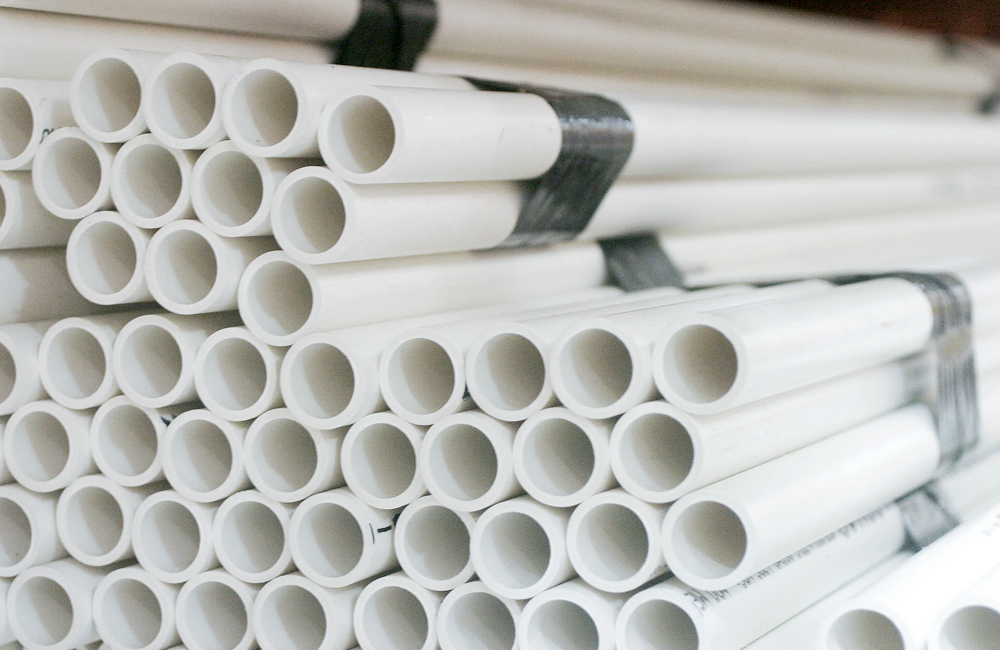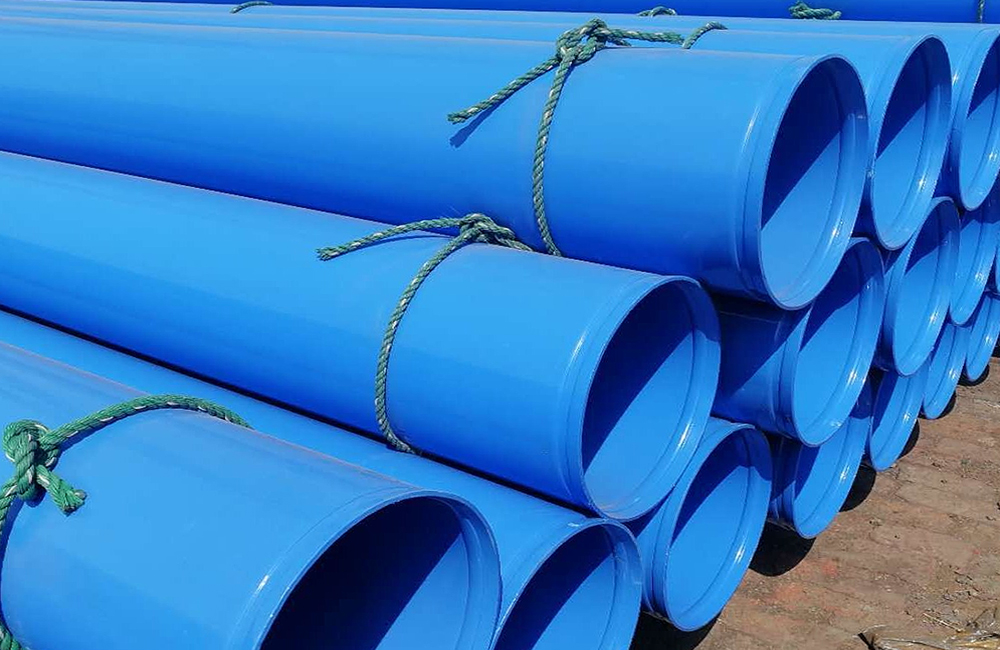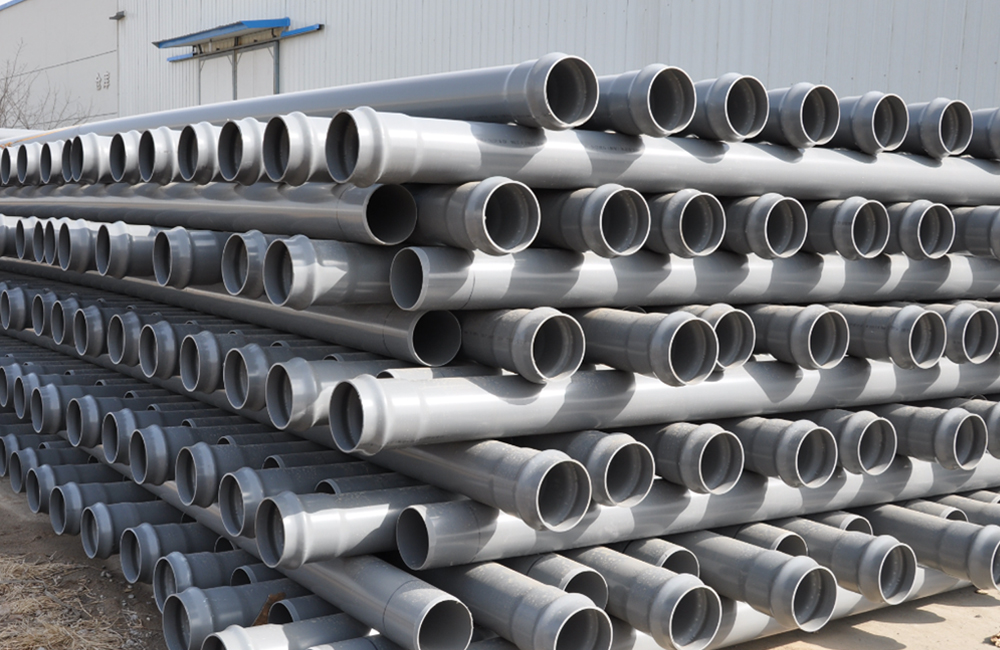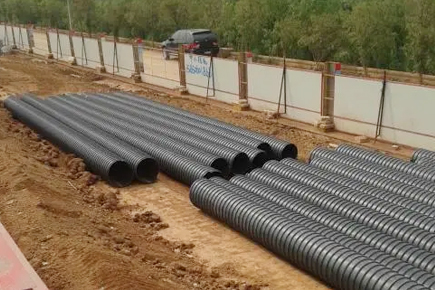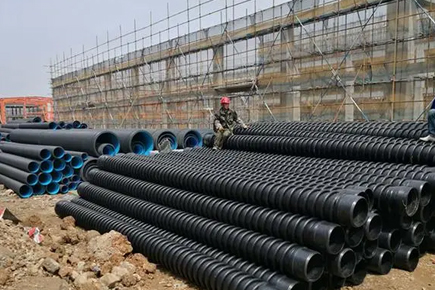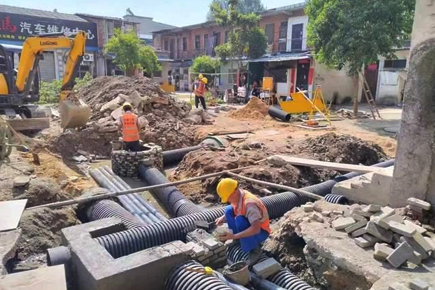PE pipe inner wall is smooth with features of low friction resistance and energy saving and does not change with the use of time.Its pressure loss is about 30% smaller than steel pipe, therefore,smaller pe pipe is a better way than steel pipe.PE pipe has good hygienic performance with no additives, so it is impossible to pollute the drinking water.Polyethylene material level is 0 (the lowest level) in ISO standard and it is moldy material. Compared with other commonly used plastic materials,mildew resistance of polyethylene is much higher resulting a long term use
Applications:
1. Urban potable water pipeline network system.
2. Replaceable cement pipe, iron pipe and steel pipes.
3. Fire fighting pipeline.
4. Landscaping water supply network.
5. Sewage discharge pipes.
6. Ore and mud transfers.
7. Agricultural irrigation pipe.
BENEFITS & FEATURES
SPECIFICATIONS

